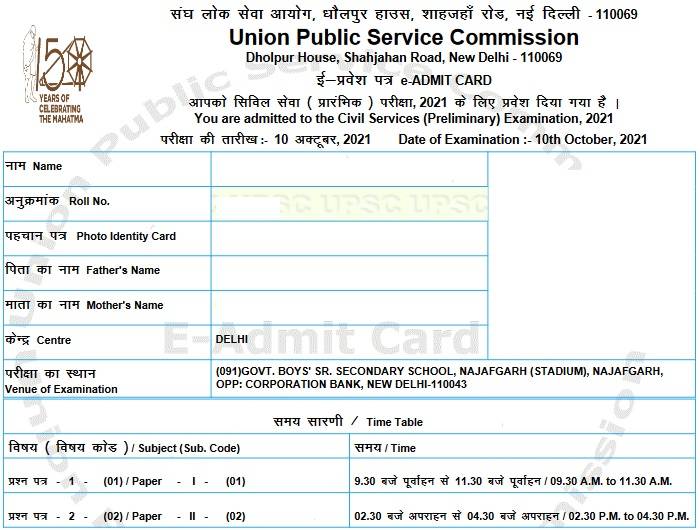In maths, fractions are types of numbers which represent part of a whole. A fractional number is written in the form of a numerator and denominator. For example, ⅜, ⅚, ½ etc., the number above the division sign is called the numerator, and the below one is the denominator. Those fractional numbers whose numerator is less than its denominator are called proper fractions. In these types of fractions, the denominator represents the whole, whereas the numerator represents the part of the whole.
Let us understand with a real-life example. Suppose a cake is divided into 10 equal pieces, out of which the guests at the party consumed 7 pieces. Then 7/10 will represent the fraction of cake consumed. By this example, it becomes quite clear how to interpret proper fractions. There is another type of fraction: improper fraction. In this type of fraction, the numerator is greater than that of its denominator. This type of fraction represents some whole and some parts of a whole. Let us take another example to understand this.
We have 7/5, an improper fraction. We can convert it to a mixed fraction to understand what that fraction represents. We shall perform division by taking 7 as a dividend. On dividing 7 by 5, we get 1 as quotient and 2 as remainder. Thus, the improper fraction 7/5 represents 1 whole and two-fifths parts. An improper fraction is also expressed as a mixed fraction. For example, 7/5 can be written as 12/5, a mixed fraction. Now, let us move on and see how to perform different operations with fractional numbers.
Addition and Subtraction of Fractional Numbers
To add two or more fractional numbers, remember that their denominators should be the same. If the denominators are not equal, they are made equal by taking the LCM of denominators and making them equal for each fraction by multiplying the required number in both the numerator and denominator. For example, we shall find the sum of ⅔ and 6/5.
Both fractions have different denominators, and the LCM of 3 and 5 is 15. Thus, we have to multiply the numerator and denominator of both the fractions by a number which will make their denominators equal to 15. Clearly, 3 × 5 = 15. We multiply both the numerator and denominator of ⅔ by 5 and 6/5 by 3, and we get:
Suppose we are given mixed fractions to add. First, we must convert them into improper fractions and then make the denominators the same. Lastly, we shall add them.
Try out these:
- ½ + ⅞ + 45/6
- ¾ + 14/6
- 5/2 + 8/9
In a similar manner, we shall subtract fractions. Let us take another example.
By the above example, instead of taking LCM each time, we can also cross multiply to make the denominators the same.
Multiplication of Fractions
Multiplication of fractions is more straightforward than addition and subtraction. In multiplication, we just have to directly multiply numerator to numerator and denominator to the denominator. For instance,
We can also reduce the resultant fraction to its lowest form if both numerator and denominator have a common factor other than 1.
To multiply mixed fractions, do the same as previous, convert them into improper fractions first, then multiply as usual.
Division of Fractions
Division of fractions can be easily done by converting them into multiplication form. This proves that division and multiplication of fractions are inverse functions of each other. For dividing fractions, take the reciprocal of the divisor fraction. This will convert the division of fractions into the multiplication of fractions. Again, let us take an example to understand better.
In the above example, 7/4 is the reciprocal of 4/7. In this way, we can divide fractions.
Equivalent Fractions
Equivalent fractions are fractions which represent the same value but look different. For example, ½ and 2/4 represent the same parts of the whole. To find equivalent fractions for a given fraction, we multiply the numerator and denominator by the same number or divide the numerator and denominator by the same number. Thus, we can obtain as many equivalent fractions of a given fraction.







